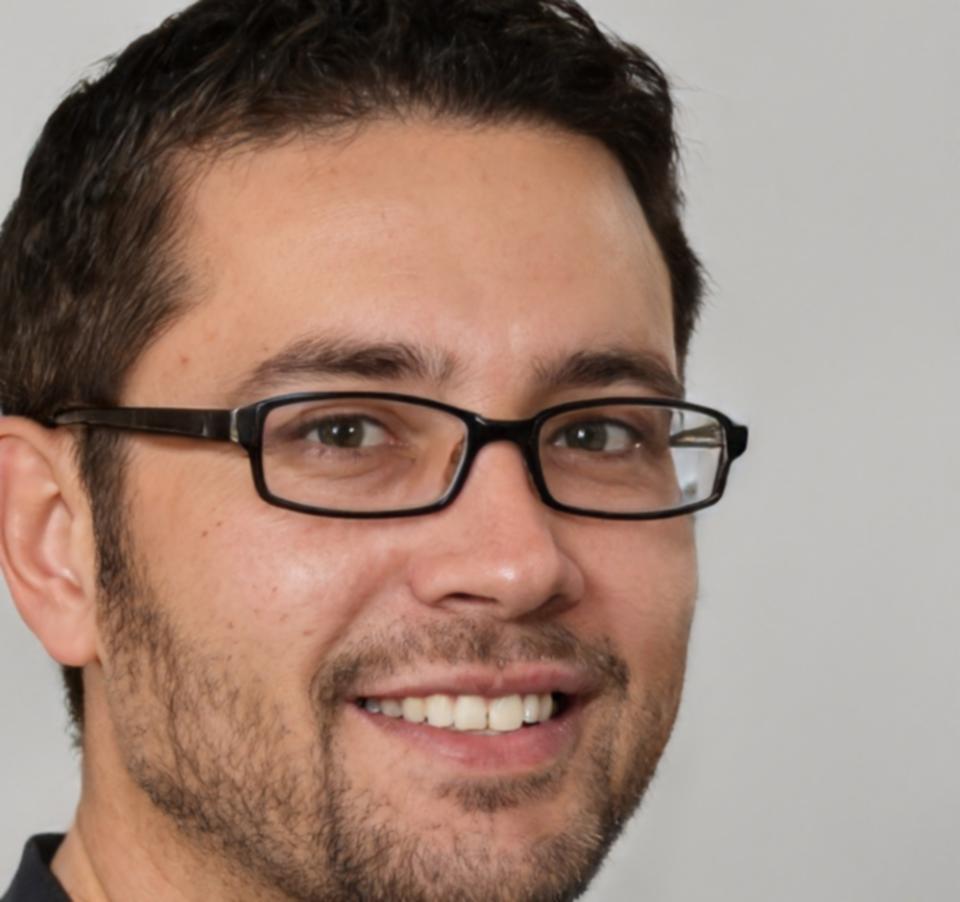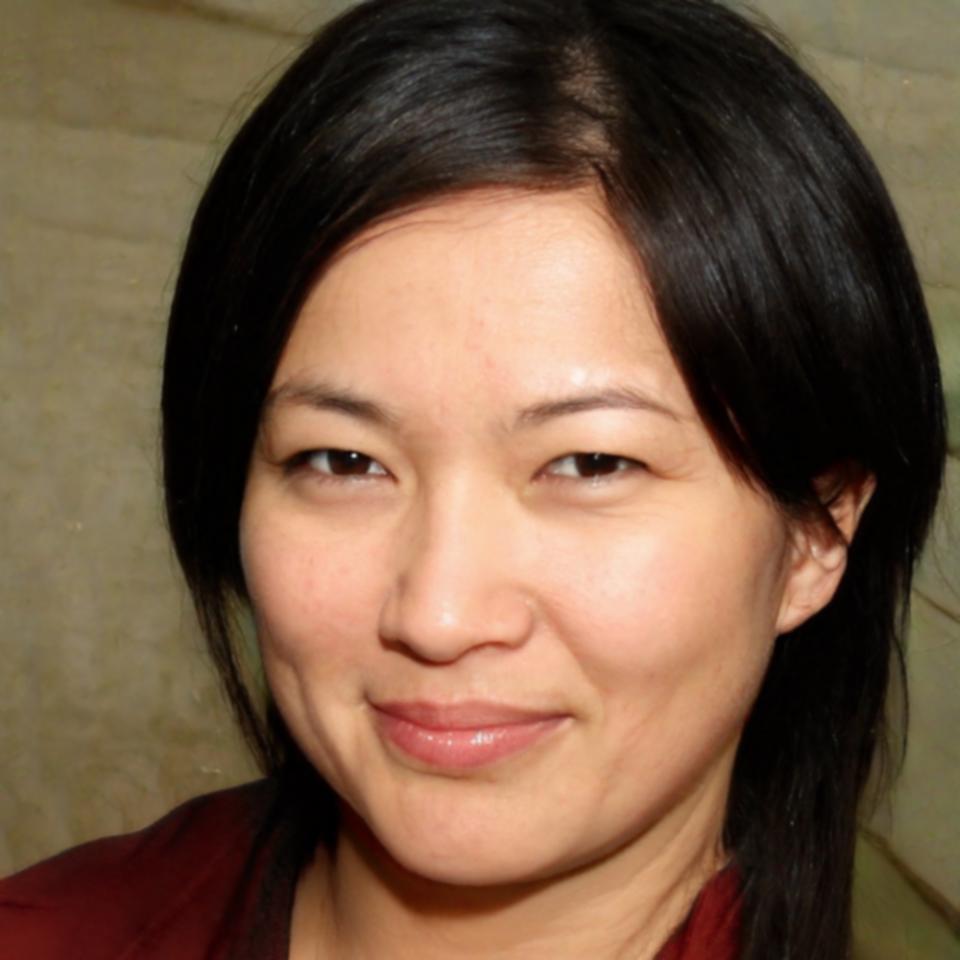Looking Through Different Eyes
We started noticing how people skip past thousands of images but stop cold at one. That curiosity turned into something bigger—a space where photographers learn what actually makes someone pause and look twice.
How This All Began
Back in 2018, I was sitting in a coffee shop in Northampton, flipping through a contact sheet. My friend glanced over and pointed at one frame. "That one," she said. Not the technically perfect shot. Not the one I spent an hour setting up. Just that one.
It got me thinking about the gap between what we intend to create and what actually connects. Most photo education focuses on gear or settings. But composition? That's where images either work or don't. And honestly, it's less about rules and more about understanding how people actually see things.
So we built this around real scenarios. Not theory, but the kind of decisions you make when you're actually holding a camera and trying to tell something true.

Our Three-Part Approach
Context Before Camera
We start by asking what you're actually trying to communicate. Street photography needs different eyes than portraiture. Documentary work doesn't follow the same patterns as commercial shoots. Understanding context helps you make intentional choices instead of following generic advice.
Visual Weight and Balance
This part gets overlooked constantly. People think composition is about placing subjects on intersecting lines, but it's really about managing where attention goes. We spend time on practical exercises that train your eye to spot visual weight—how color, contrast, and placement all compete for attention in a single frame.
Critique and Refinement
You bring your own work. We look at what's working and what isn't, then figure out why. Sometimes it's about cropping. Sometimes it's about timing. The goal is helping you develop an internal sense for these decisions so you're not guessing when it counts.
Who Actually Runs This
Two people who've spent way too much time thinking about rectangles and what goes inside them. We came from different backgrounds but kept arriving at the same questions about visual communication.

Callum Devereux
Lead Instructor
Spent twelve years shooting editorial work across Europe before getting curious about teaching. Callum's background in photojournalism means he thinks a lot about narrative and how frames either support or undermine a story. He's particularly interested in environmental portraiture and how context shapes interpretation.

Freya Tomlinson
Programme Director
Came from a graphic design background, which means she approaches composition through layout thinking. Freya structures our curriculum and handles most of the one-on-one mentoring. She's obsessed with negative space and how restraint often creates more impact than adding elements. Also makes excellent coffee.

What Guides Our Work
-
Honest Feedback
We're here to help you improve, not validate everything you create. That means pointing out what isn't working and explaining why. Most photographers appreciate directness once they realize it accelerates growth.
-
Small Groups
We cap sessions at eight people. Larger classes might work for lecture formats, but composition requires individual attention. You need time to ask specific questions about your own images and challenges.
-
Real Scenarios
We don't do studio exercises with perfect conditions. Our field sessions involve messy lighting, distracting backgrounds, and unpredictable subjects. Because that's what actual photography looks like most of the time.
-
Long-Term Thinking
We're not promising instant transformation. Visual literacy develops over months and years, not weekends. Our goal is giving you frameworks and awareness that compound over time as you keep shooting.
Interested in Working Together?
Our autumn 2025 programmes start in September. We typically run eight-week intensive courses plus weekend workshops throughout the year. If you want to understand composition beyond the basics, get in touch.
